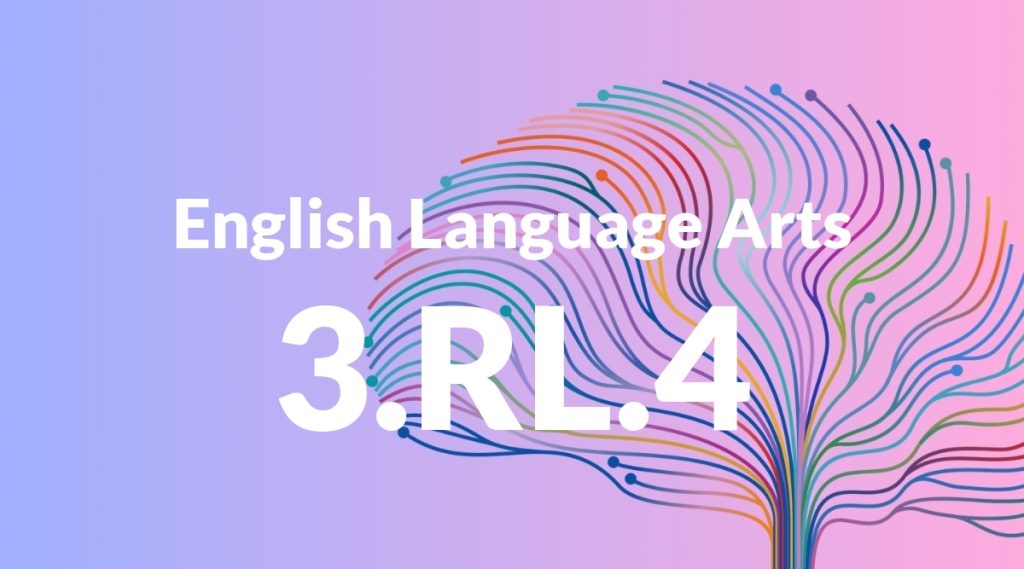Standard: 3.RL.4 – Determine the meaning of words and phrases as they are used in a text, distinguishing literal from nonliteral language.
Grade level: Grade 3
Subject: English Language Arts
Domain: Reading: Literature
Teacher Overview
This standard focuses on helping students understand the meaning of words and phrases in context, distinguishing between literal and nonliteral language. It is crucial as it enhances students’ comprehension and analytical skills, preparing them for more advanced literary analysis. Students need to be familiar with basic sentence structure and vocabulary, and should be able to identify main ideas and supporting details in texts.
Mastering this standard will enable students to better understand and appreciate complex texts, as well as improve their overall reading comprehension and analytical skills.
Common Misconception 1
A common misconception is that all phrases should be taken literally. This is incorrect because many texts use figurative language to convey deeper meanings or emotions.
Intervention 1
To address this misconception, use visual aids and real-life examples to demonstrate how figurative language works and its purpose in storytelling.
Common Misconception 2
Another misconception is that nonliteral phrases are incorrect or meaningless. This is incorrect because idiomatic expressions and figurative language add richness and depth to the text.
Intervention 2
Use engaging activities like matching idioms to their meanings and creating sentences using figurative language to clarify this misconception.
Prerequisite Knowledge
Students should have a basic understanding of sentence structure, vocabulary, and the ability to identify the main idea and details in a text.
Subsequent Knowledge
Students will develop the ability to analyze more complex texts, understand figurative language, and enhance their overall reading comprehension skills.
Instructional Activities
- Create a chart with literal and nonliteral phrases from a story.
- Have students illustrate idioms and explain their meanings.
- Conduct a read-aloud session focusing on identifying figurative language.
- Use graphic organizers to compare literal and nonliteral meanings.




